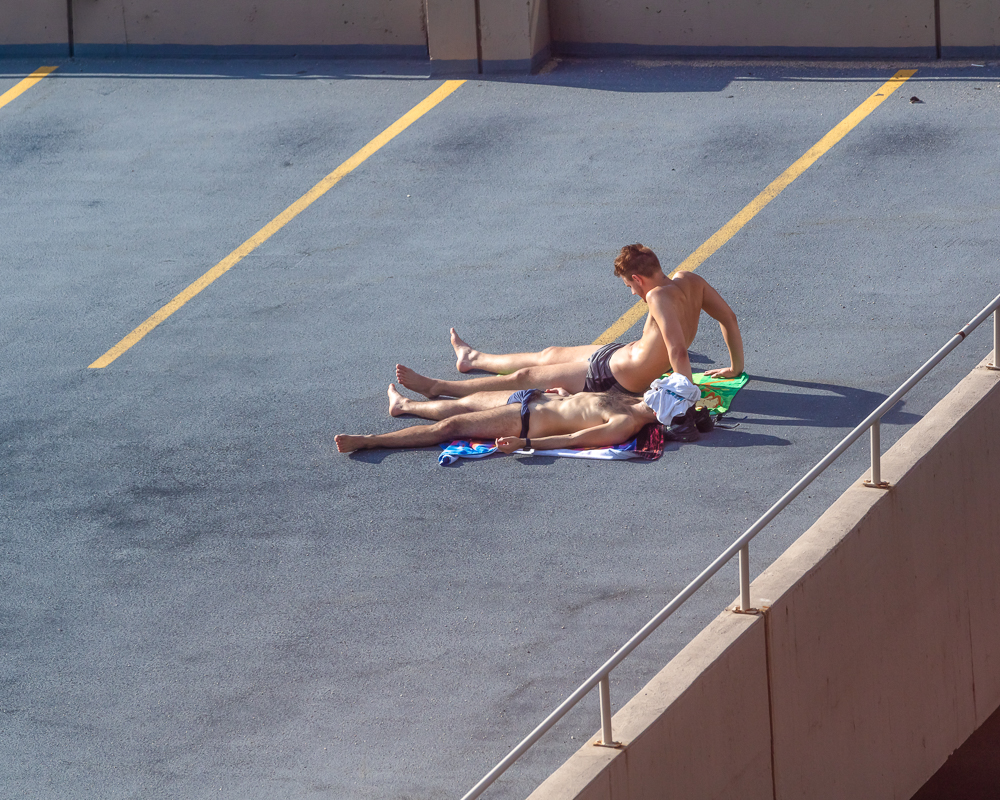
Happy New Year, everybody!
I’m back, and writing on Thursday as usual, which makes this the last day of #2020. (Though by the time you read this, the calendar will have turned, giving the world a fresh start.)
What will become of us in 2021?
I wish I could tell you, but honestly, I have no idea.
Even though I just had a week off, my powers of prediction are not as sharp as I might like.
(And nobody could have guessed #2020 would go off the rails to the extent that it did.)
I vaguely remember last January, in which I put the final touches on my first book, the aptly named “Extinction Party.”
And I certainly remember February, in which I traveled to Amsterdam for a week, reveling in the soon-to-disappear pleasure of chatting up random strangers, visiting art museums, and smoking tons of weed and hash in the city’s rightfully-lauded coffee shops.
(Shout out to the Jolly Joker.)
While roaming Amsterdam, I met two men named Mohammed, and one named Godsend. For the first time in my life, I said “As Salaam Alaikum” to Muslims, and it felt so good to be out of my New Mexican bubble.
Then came early March, and after my brief visit to Houston to launch the book, I got home… and never left.
As awful as some parts of the year were, and I mean horrible in the truest sense, I was also given some unbelievable gifts: namely, after discovering my wife was suffering from clinical depression, by the end of #2020, I can report that she’s happier and healthier than she’s been in years.
How can I hate a year that so changed my family’s life for the better?
And once she recovered, my wife suggested we get the kids a dog, with whom they are now totally obsessed.
No #2020, no healthy wife, no dog, no happy kids.
(There is something to be said for the old adage, when life gives you lemons, make lemonade.)
But I also wrote a column for you in March, correctly predicting that the virus, with its imposition of “social distance,” would create chaos within our society, as people fought, and ultimately died, to protect personal space, or “individual freedom.”
So much bad, so much good, all in one calendar year, and I’m pretty sure it will take me decades to digest it all.
By May, I did my first online portfolio reviews, for the Los Angles Center of Photography, and at that point, I barely knew how to use Zoom.
Then we had to cancel our Antidote Photo Retreat program, for obvious reasons, (which sucked,) but as a result, it forced me to migrate our community online, and now I have a successful Antidote online educational program.
By September, I was fully-Zoom-literate, and participated in the Filter Photo Festival online, as my favorite week of the year, when I normally get to party with my best friends in Chicago, became a Saturday of sitting at my computer, meeting new people, virtually, and looking at their work from my bedroom.
(Things that would have been LITERALLY unimaginable in #2019 became commonplace by the Fall of #2020, and that’s about the best way I can sum up this cluster-fuck of a year.)
In the Pre-Covid reality, I went to festivals all the time, and reported on cities, restaurants, galleries and museums for you, before writing about the best photographic portfolios I saw.
It was a huge part of our regular content, as you long-time readers know.
But #2020 being #2020, (even though it’s now 2021,) I’m only just getting around to writing about the cool work I saw via the Filter Photo Festival a few months ago.
Thankfully, online festivals are much better than no festivals, and I recently saw work online at Photo NOLA, with online festivals in LA and Denver lined up between now and March.
Meaning, I’ll have lots of interesting work to share with you in the coming months, from artists spread around the world, as one of the obvious benefits to online festivals is that the lower cost, due to lack of travel budgets, means people can “attend” from their bedrooms in Sao Paulo, Mexico City, or Japan. (All places that artists were residing at Photo NOLA.)
So with all that as a background, (and a kind-of-year-in-review,) today, I’ll show you the best work I saw at Filter, back in September #2020, while simultaneously wishing you a happy, healthy, safe, and perhaps much-better year in 2021.
As usual, the artists are in no particular order, and I hope you appreciate their hard work and dedication.
I first met Paula Riff poolside, at an afterparty for a festival in San Diego, back in 2018. But I’d never reviewed her work before, despite seeing her name pop up in gallery announcements from time to time.
Paula showed me a perfect series for #2020, as it involved cutting up leftover prints, and mistakes from the past, and turning them into something entirely new. The images are gorgeous, as you’ll see, and provide inspiration for all of us to make something positive out of the waste in our lives.
I reviewed Adam Frint’s work at Filter in 2019, loved it, and shared it with you here in the column. (That project involved snooping on people during their smoke breaks around the city.) So I was excited to see what he would come up with next… and he didn’t disappoint.
Interested in graffiti cover-ups, and riffing on color blocks like an oddball 21st Century Mondrian, Adam set up his wife, and brother-in-law, to hold up color-shapes, as he arranged them against buildings, so the blocks would be in relationship to each other.
Not much more needs to be said, as they’re funny, charming, and visually appealing, all at once.
Matthew David Crowther had a very different take for his Chicago-centric series. It was all made in one small nature preserve, set within the city limits, in which he went walking for more than three years.
We discussed how to communicate the urbanity to the viewer, as the images are so poetic and pastoral, but apparently there is some serious urban-scape surrounding the seemingly-rural place. Do you also shoot establishment images outside the park for context? Or use sound recordings of all the noise heard within?
Given the mood of the images, I suggested poetry might also be an option, and just this morning, Matthew sent me a poem he’d written to accompany the project. It’s lovely, so I’ll include it here:
Kambua Chema and I met at Filter years ago, and she’s one of those people whose positive energy is simply infectious. (Perhaps not the best adjective for #2020, now that I think about it.)
Stuck at home like the rest of us, Kambua used a telephoto lens to document the Chicagoans who used the parking lot below her apartment as a lockdown-recreational-area. As the idea is so relevant, we spent most of our review discussing the importance of the edit, and making sure the color/contrast palette stood up to the strength of her concept.
I spoke with Jane Yudelman, who was in lockdown in her studio in Maine, and she showed me two digital composite projects that I liked, despite the fact that I often have a bias against such strategies. Both were visually arresting, but I’m showing you the one that offered me a proper surprise.
I can’t tell you how many sea/sky images I’ve seen over the years, and I’ve shot my share of them too. (Nothing original, I’m afraid.)
Yet these image are not real horizons. So it’s more Rothko than Sugimoto, and the colors and vibe are just right, IMO.
I had a nice chat with Karen Osdieck, a Midwestern photographer and accountant, who mostly makes work out of her young boys’ lives. We discussed her antecedents, and the mentors she’d developed, as Karen has studied with some excellent female artists in the photo world.
I thought her primary project, which had achieved some success, was lacking in the color and light palette, despite the occasionally taut narratives. But her secondary project, in which she photographed one son in all the outfits he wanted to wear to Zoom school, in the pandemic, was really cool, and so #2020.
Last, but not least, we have Sandra Ullmann, who was trained as a psychoanalyst, and showed me a vintage, black and white project from her archive. Apparently, when one of her children had a baby, she had to drive three hours to the hospital multiple times, and discovered these wrapped trees.
There was a Jungian feeling to the project, for sure, and we discussed ways that she could shoot new subjects that might fit together with the older group. I loved them!
See you next week, and hope you all have a safe, healthy, and amazing 2021!

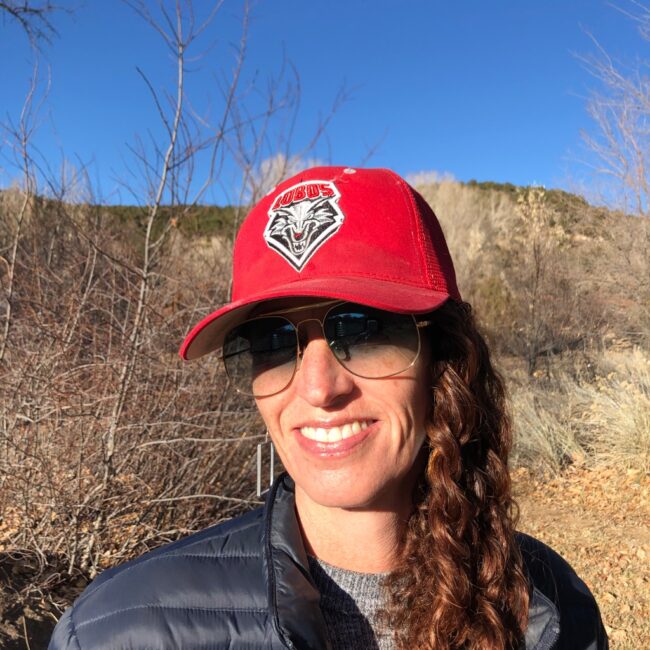

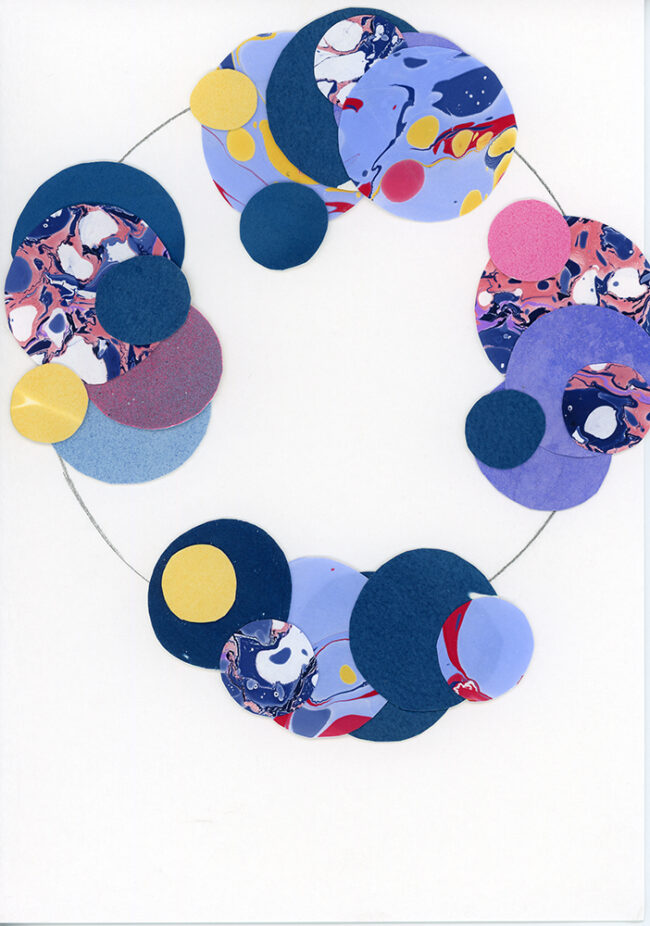
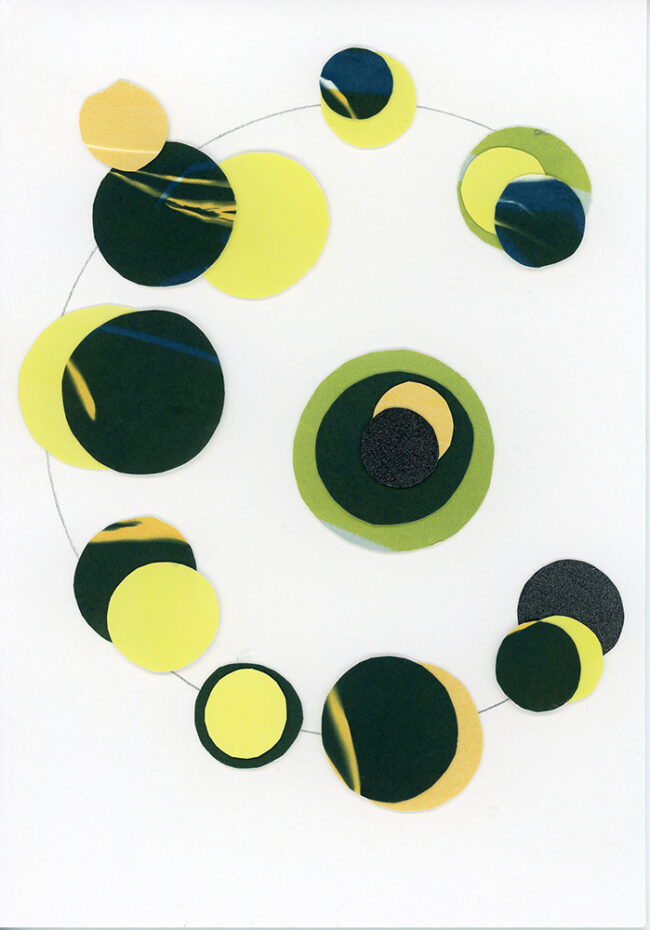
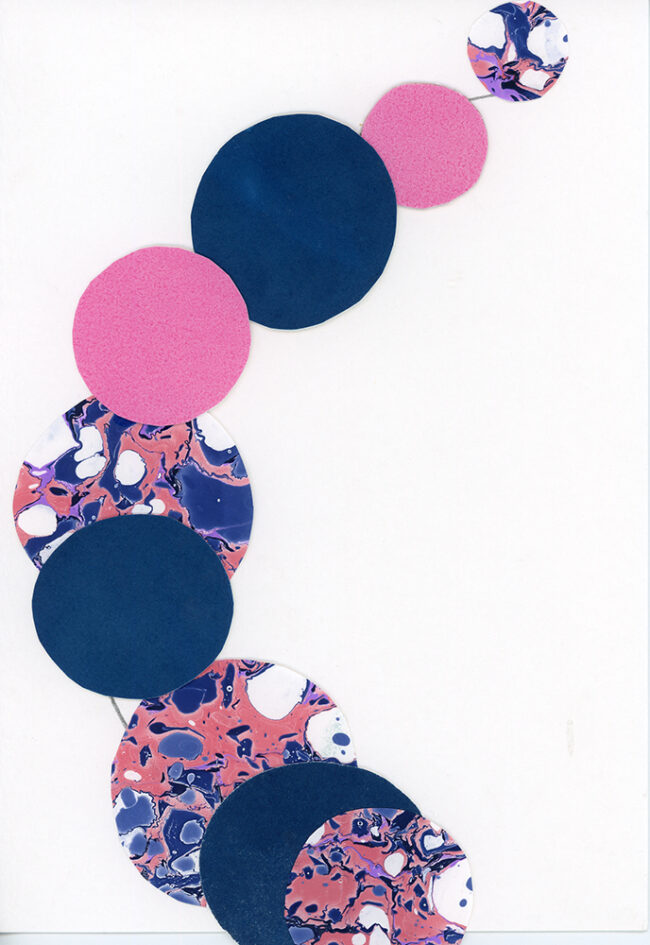


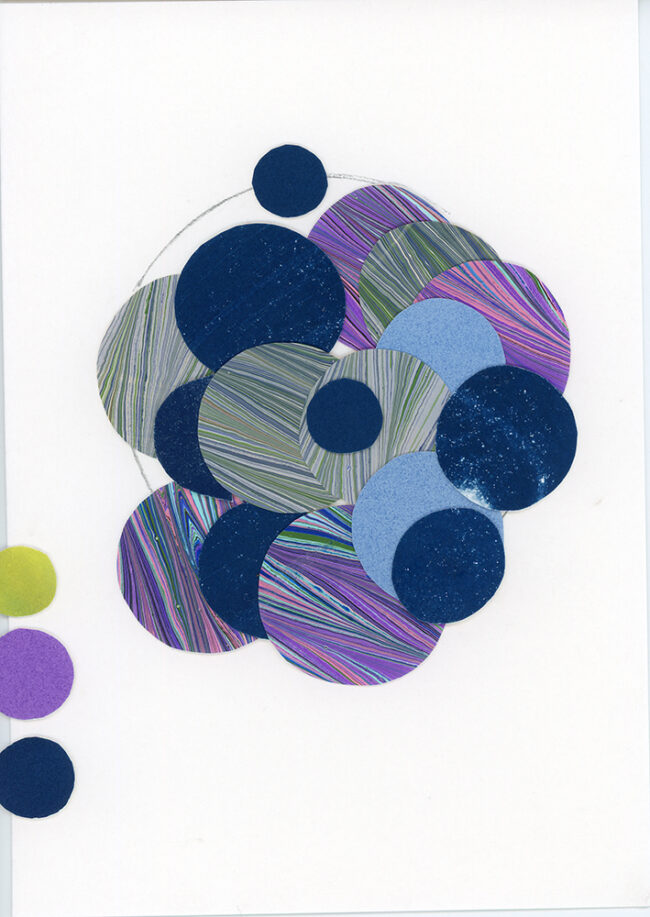

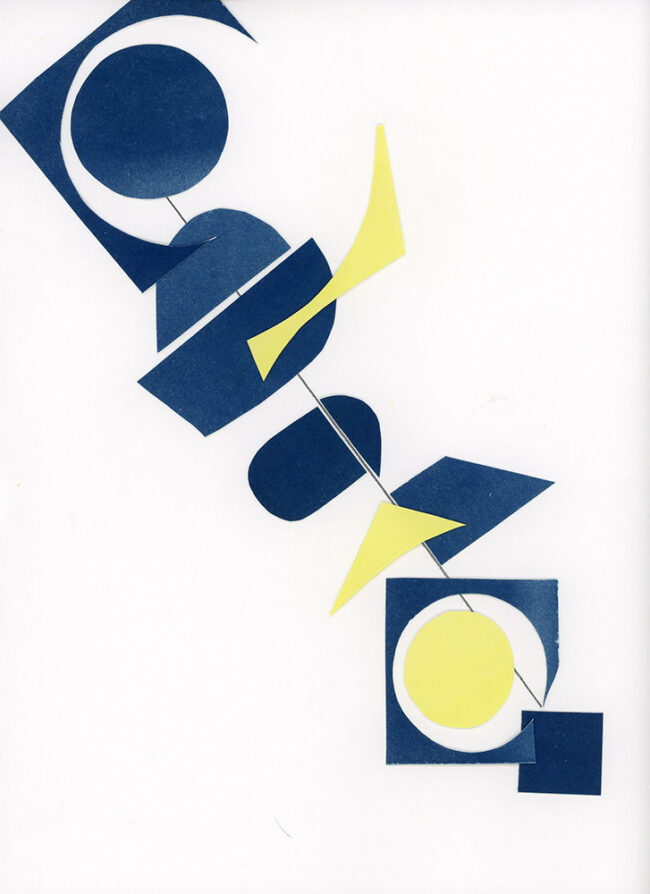
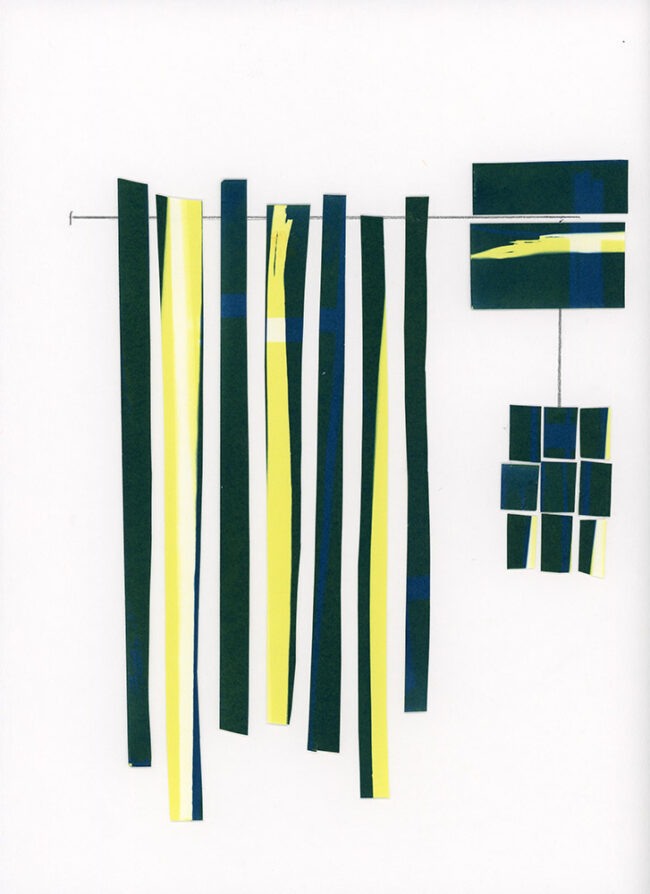
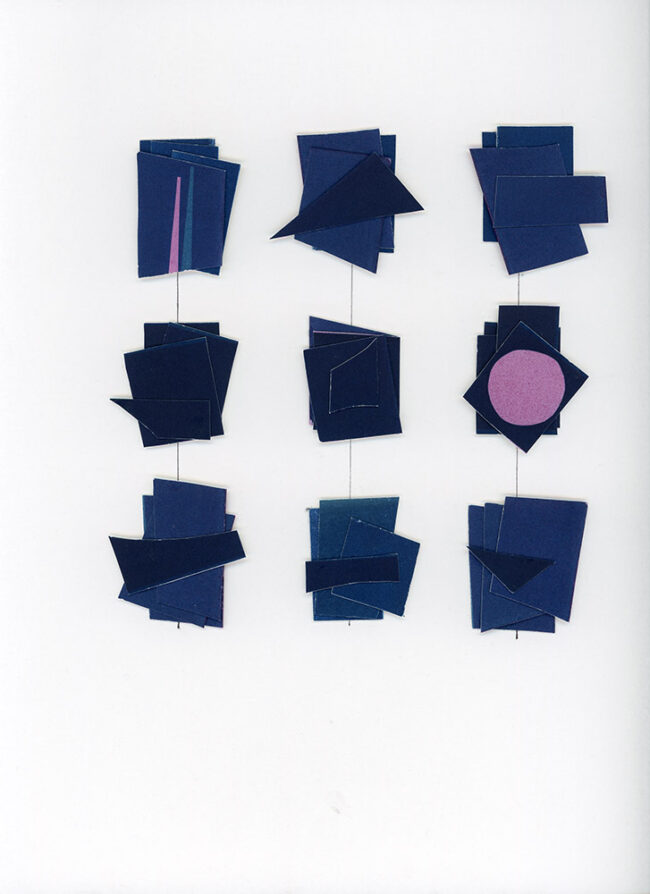
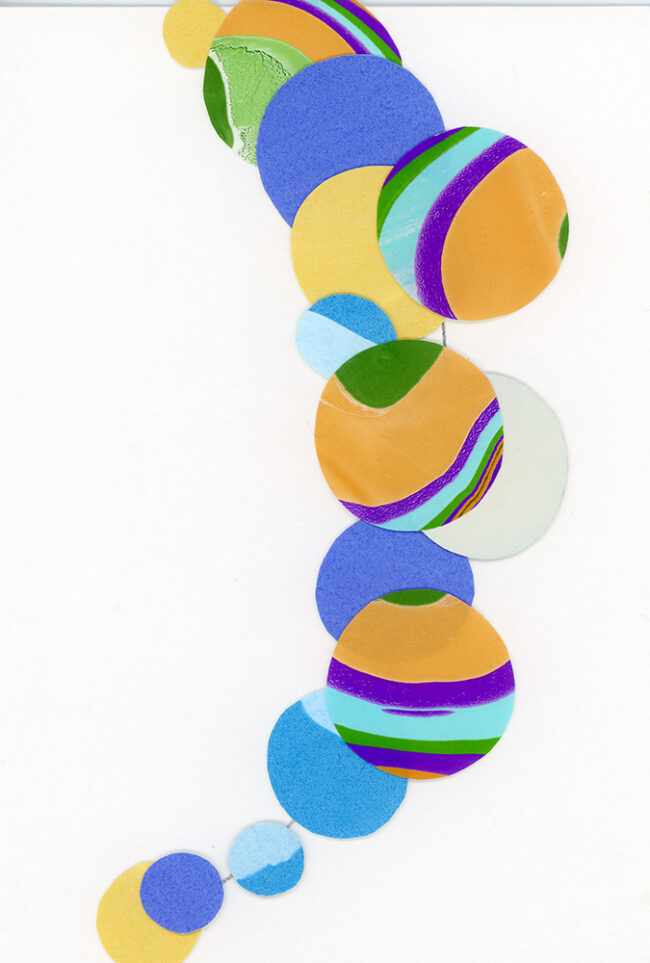


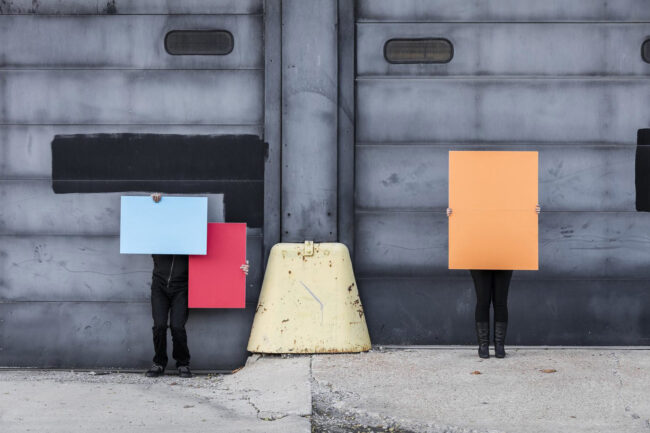

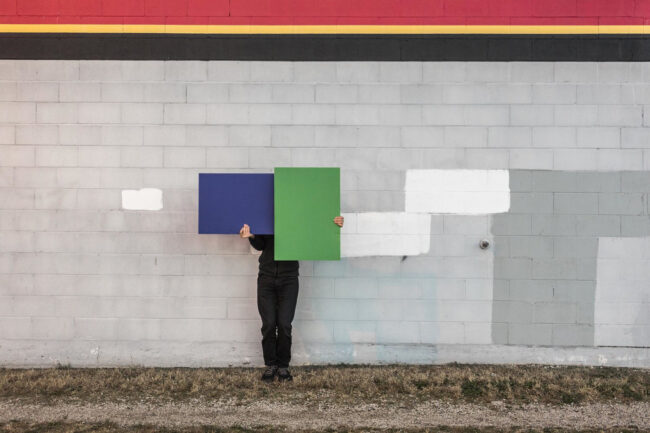
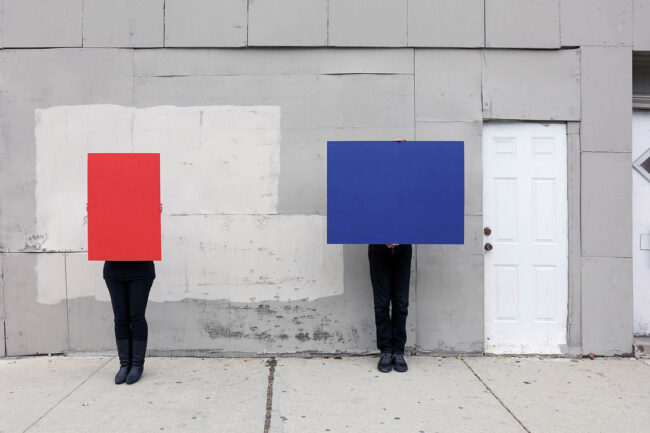
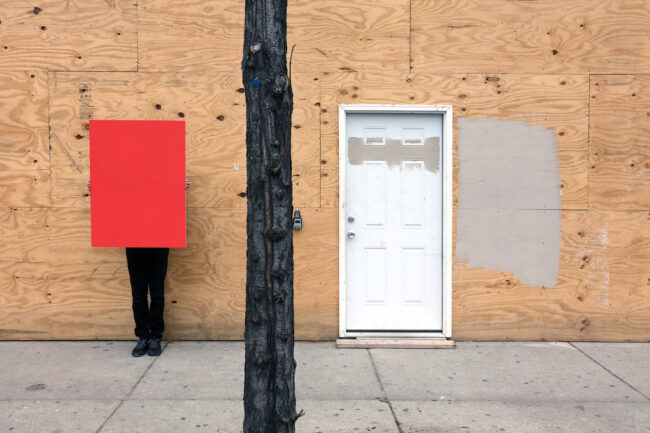
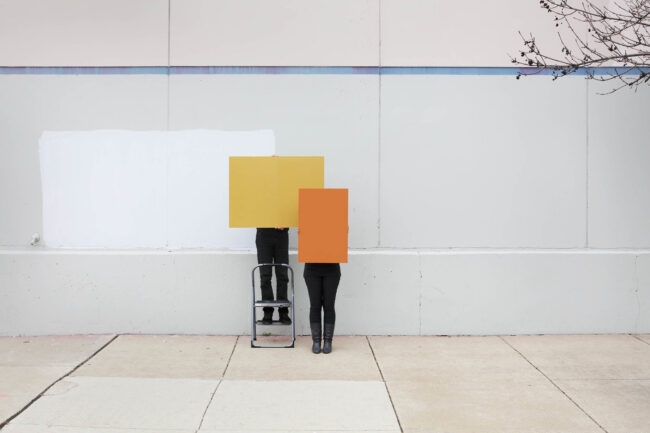

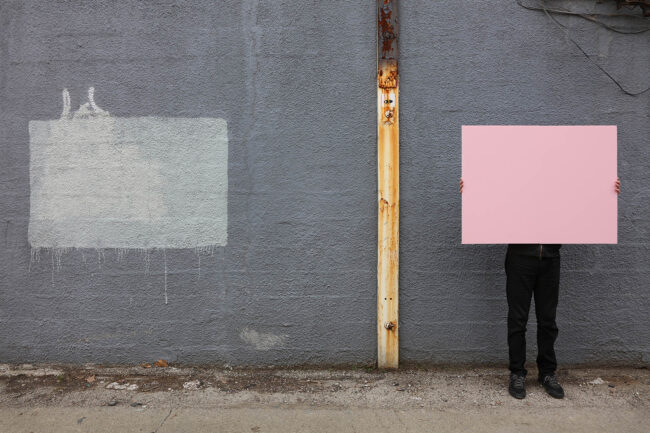

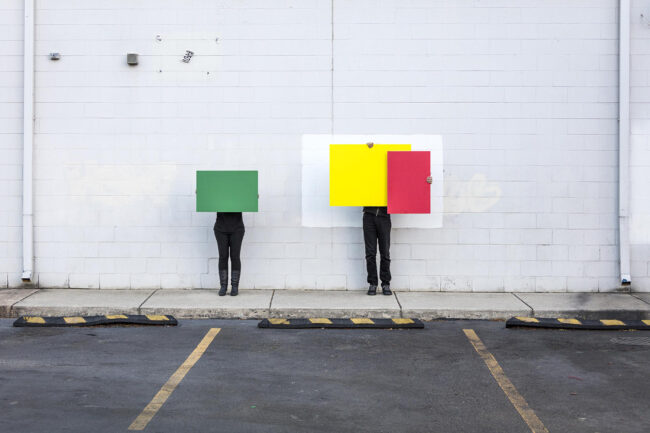
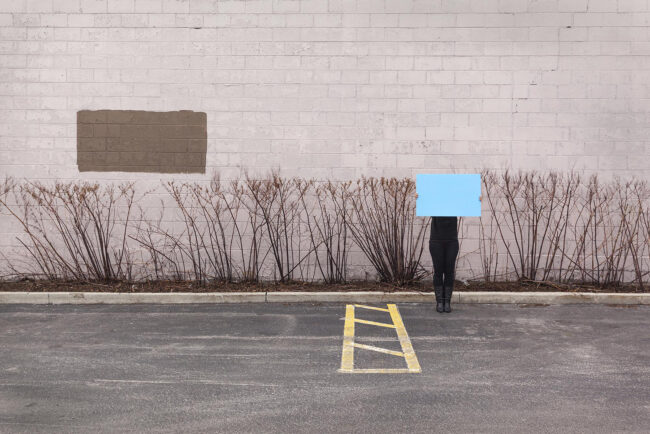
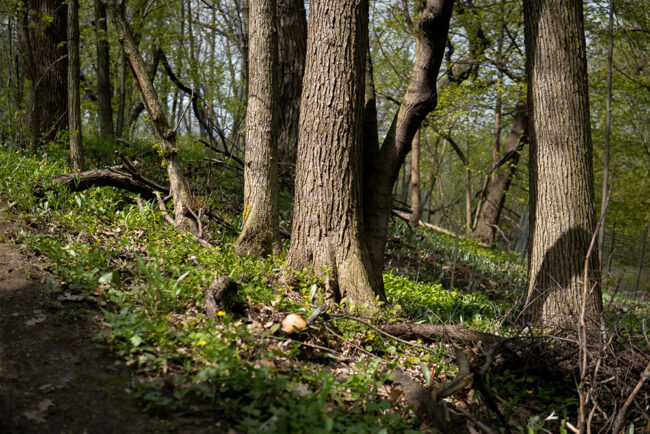
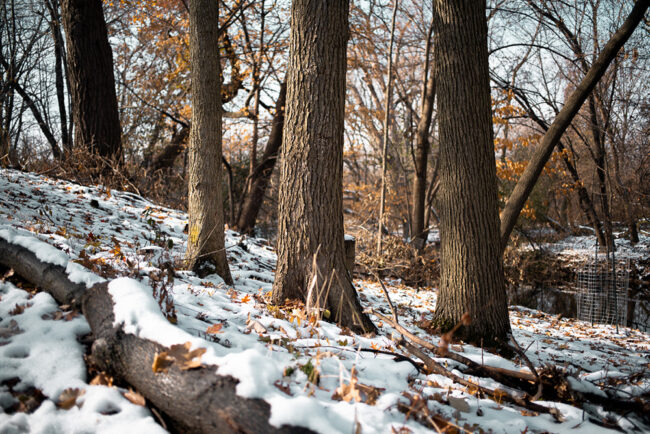
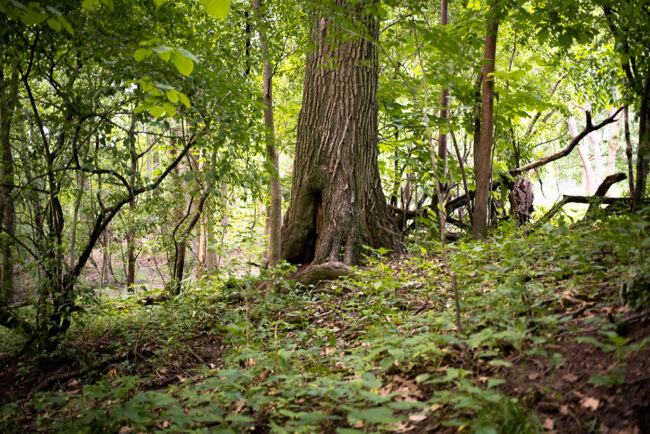

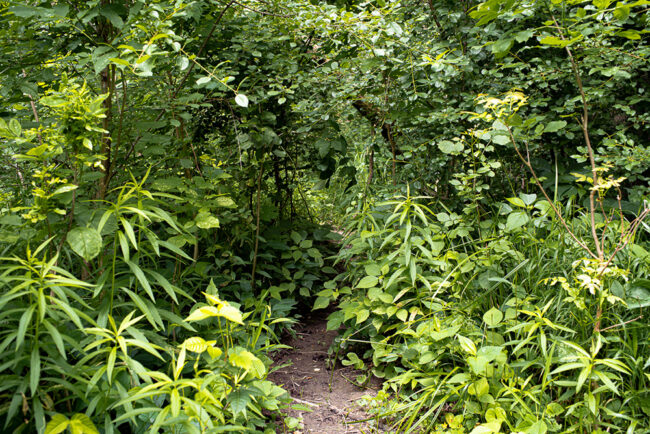
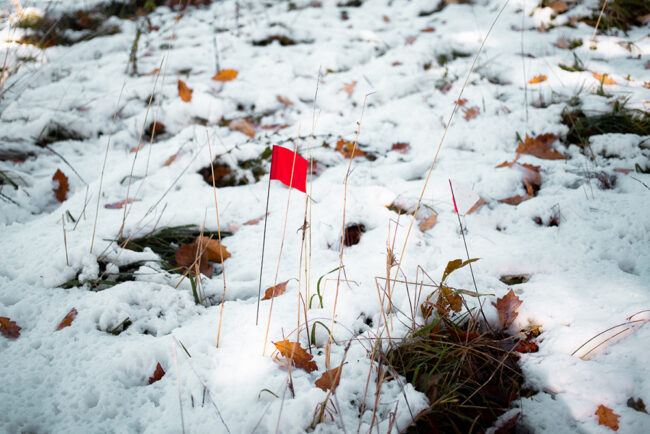

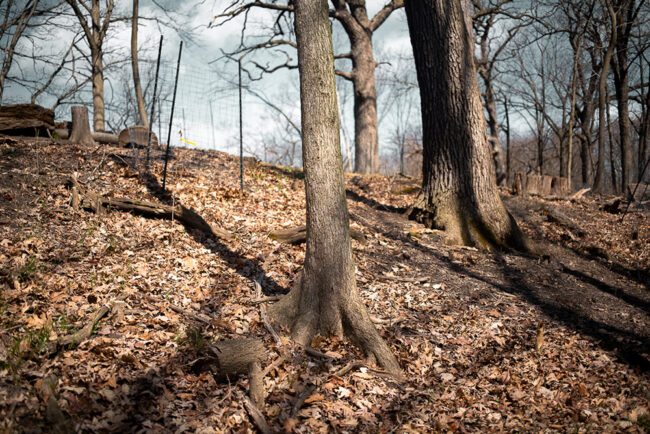




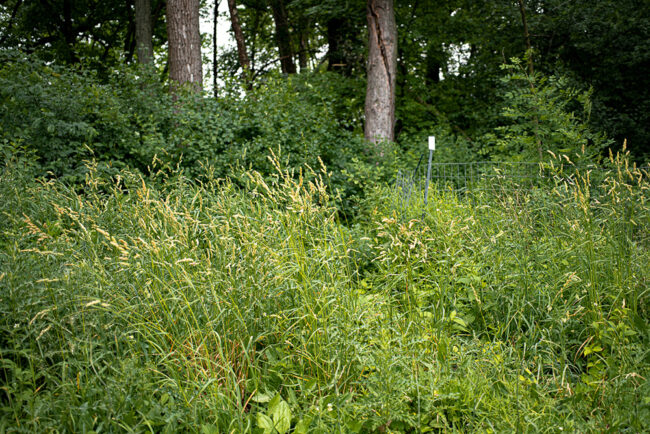

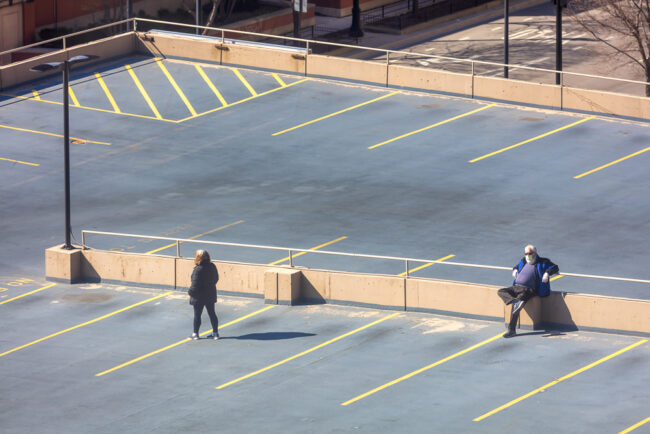
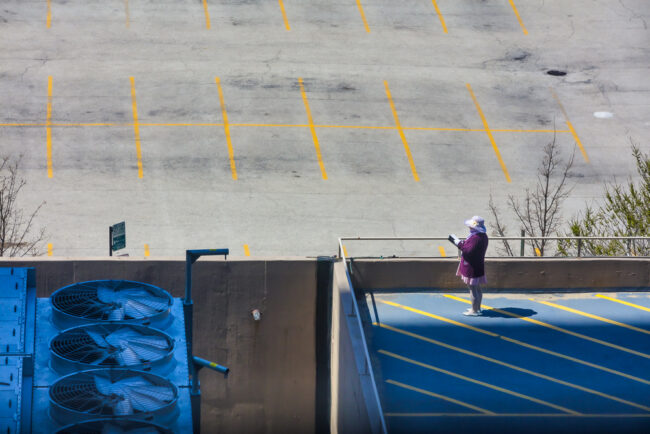
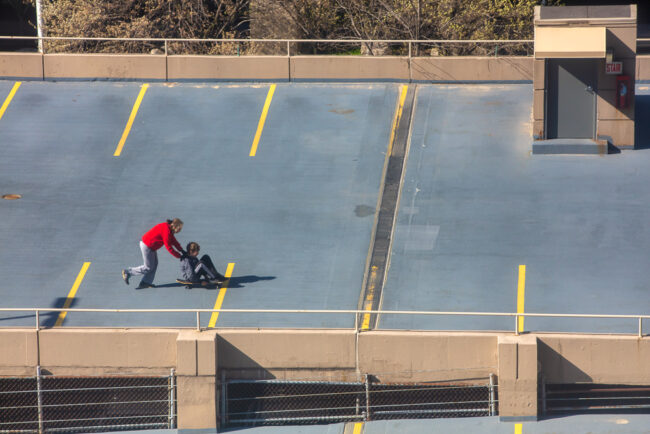
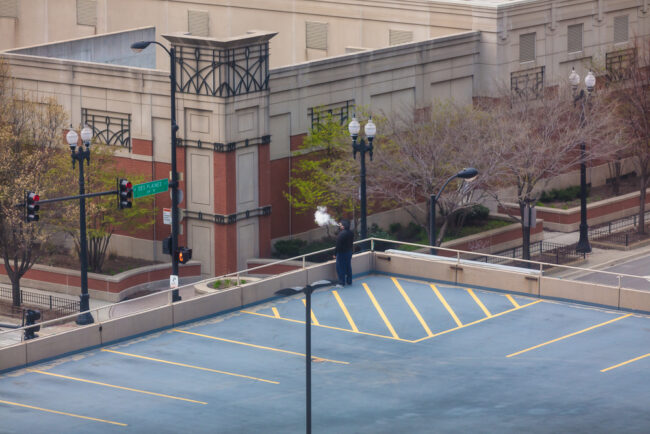
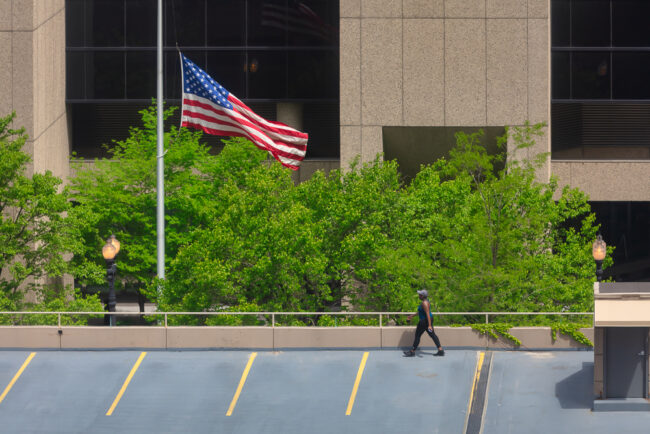
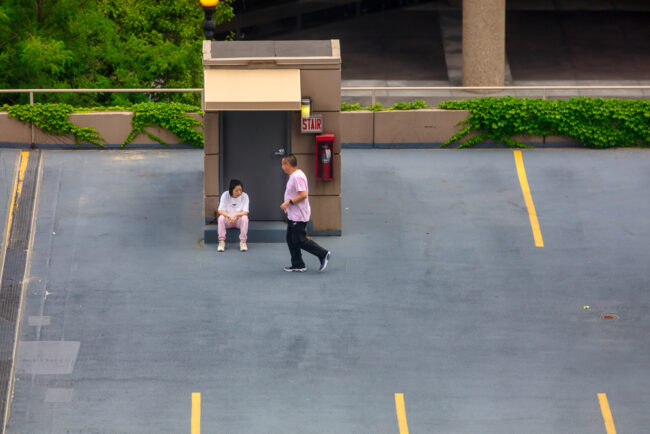
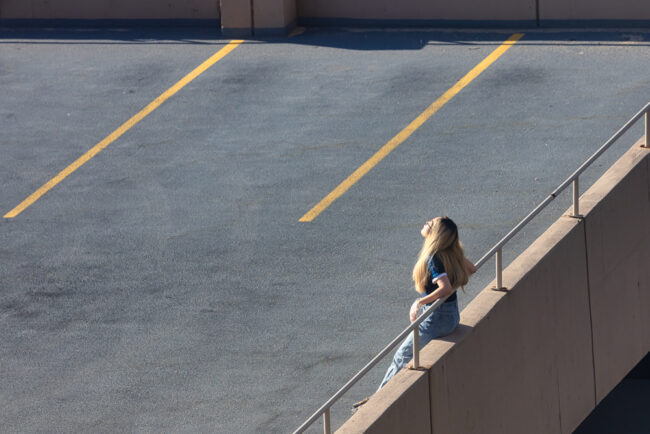
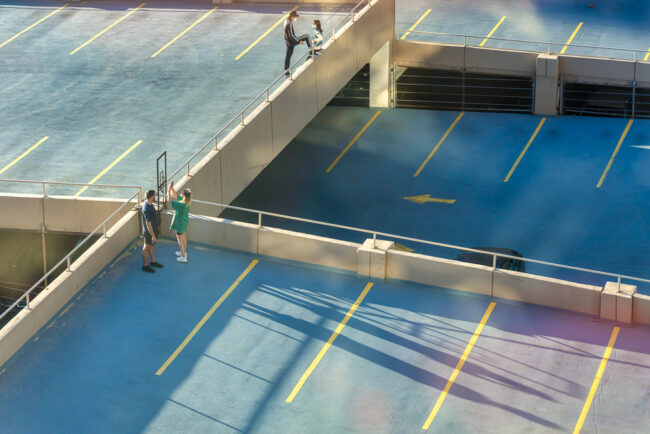
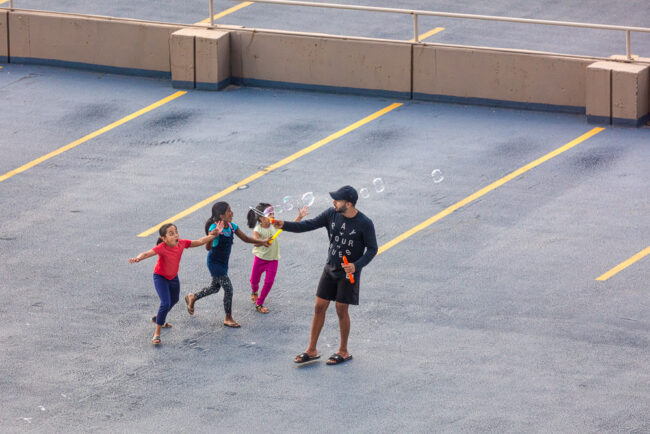
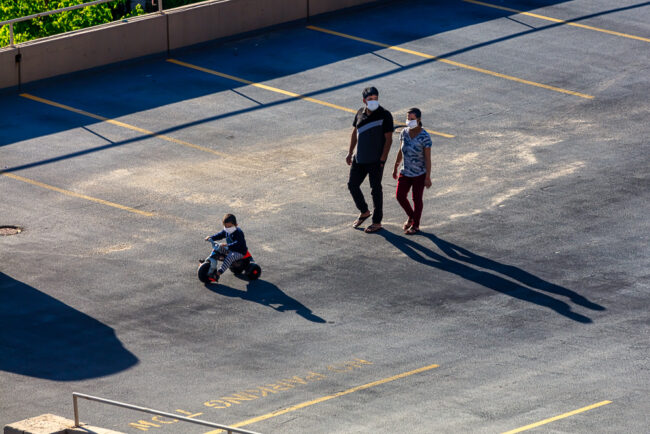

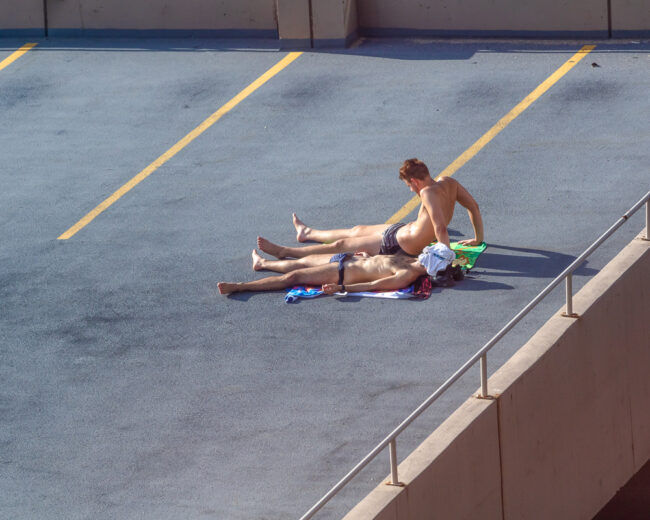
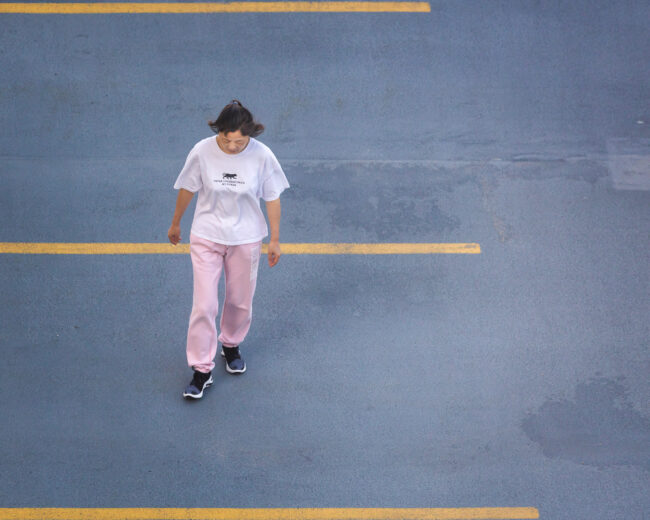

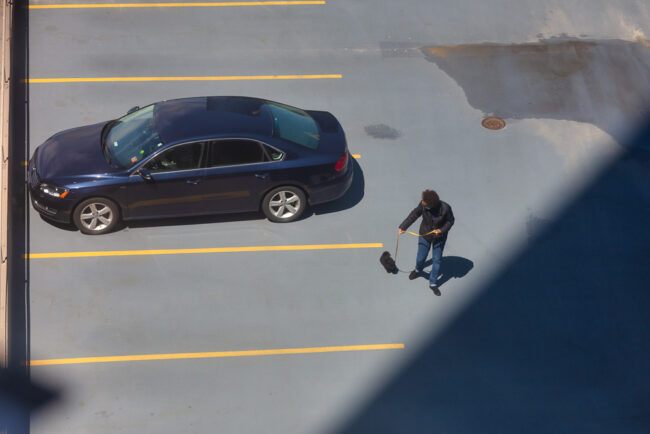

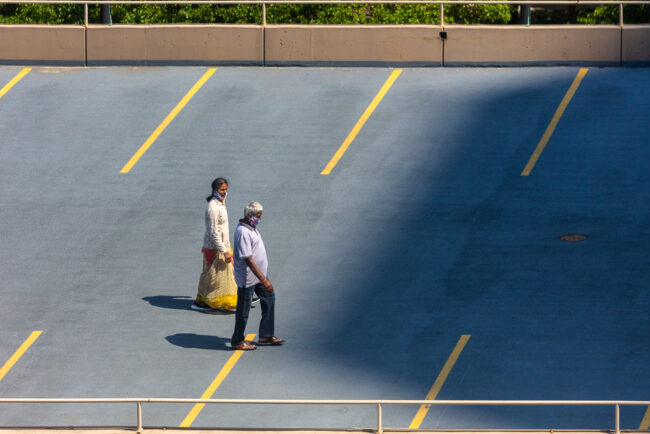

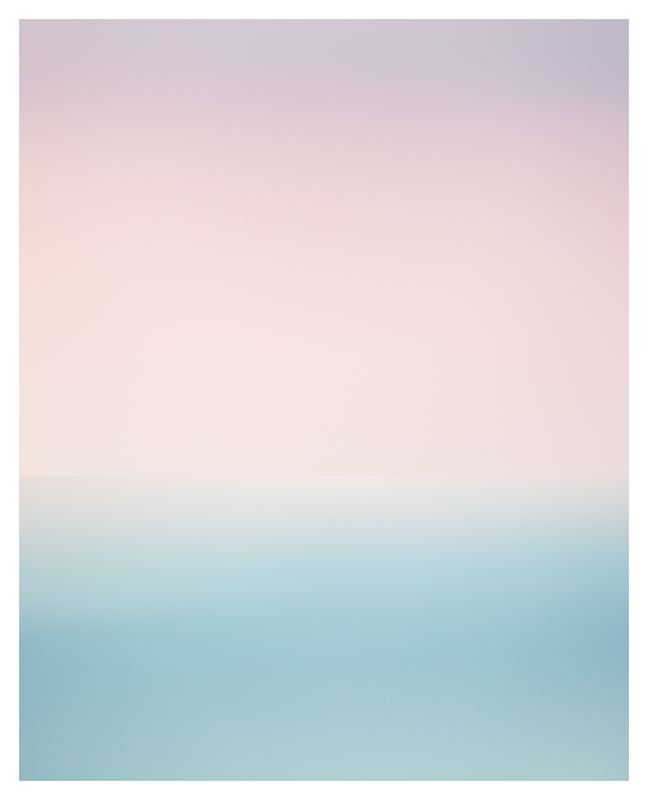
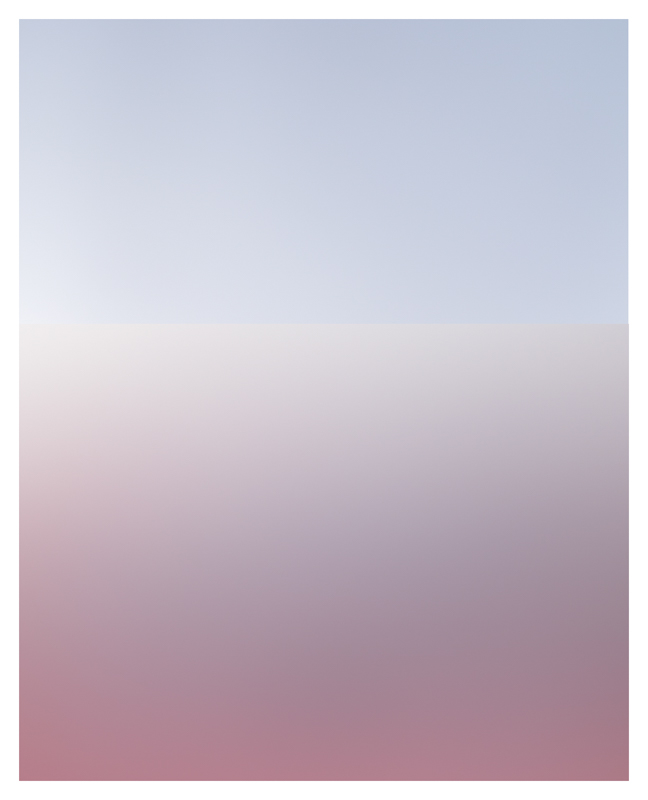
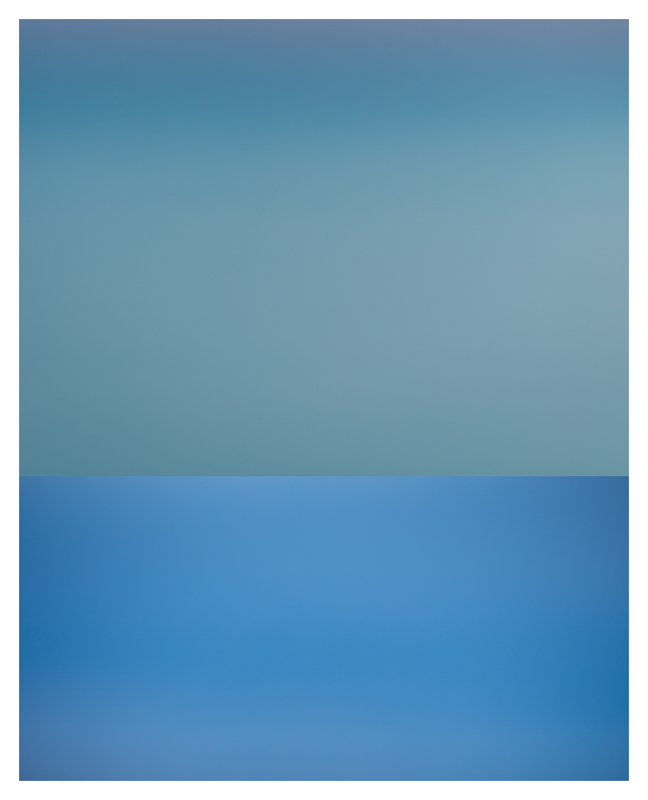



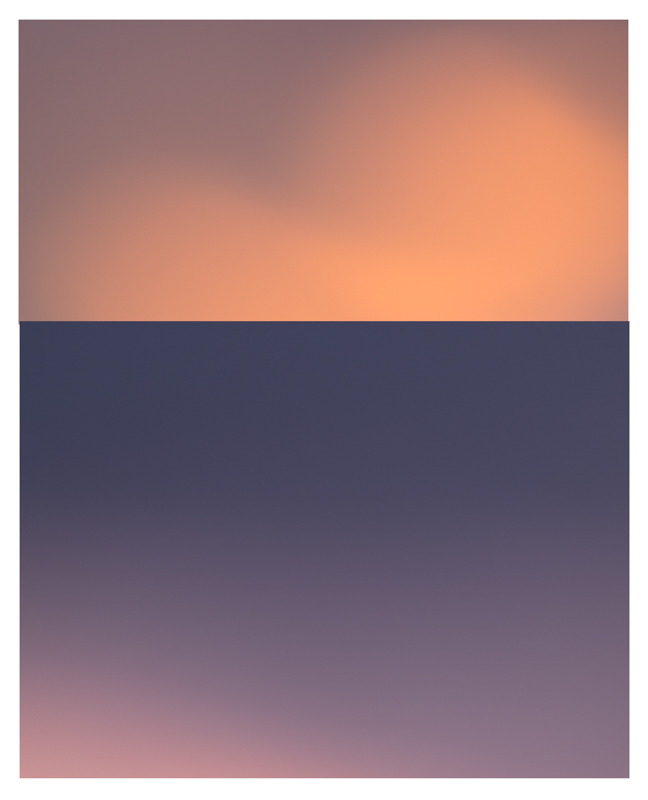


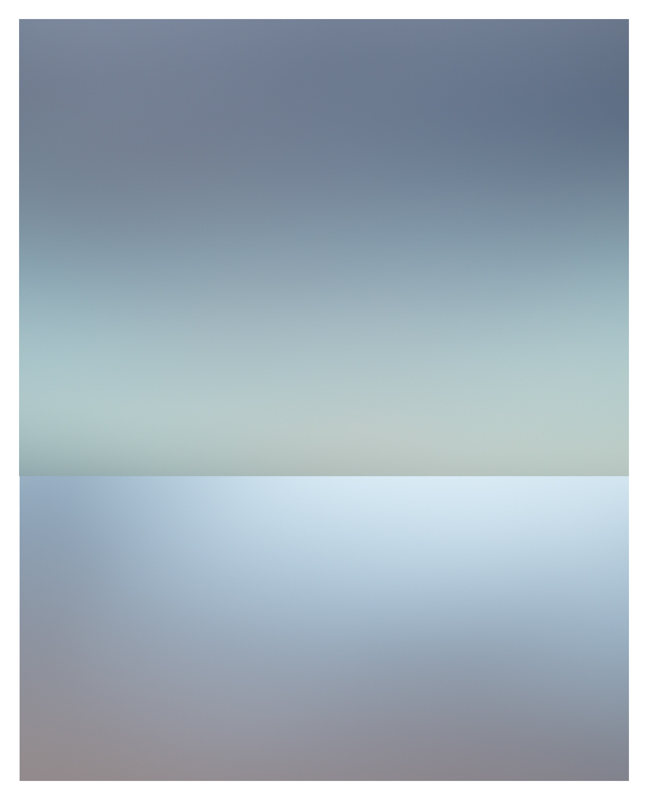
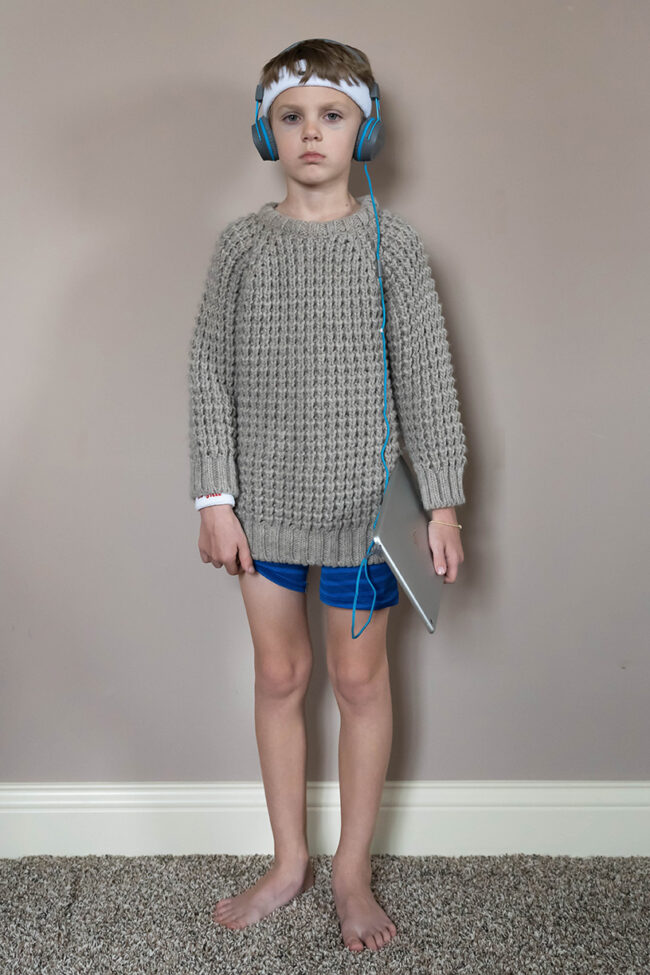
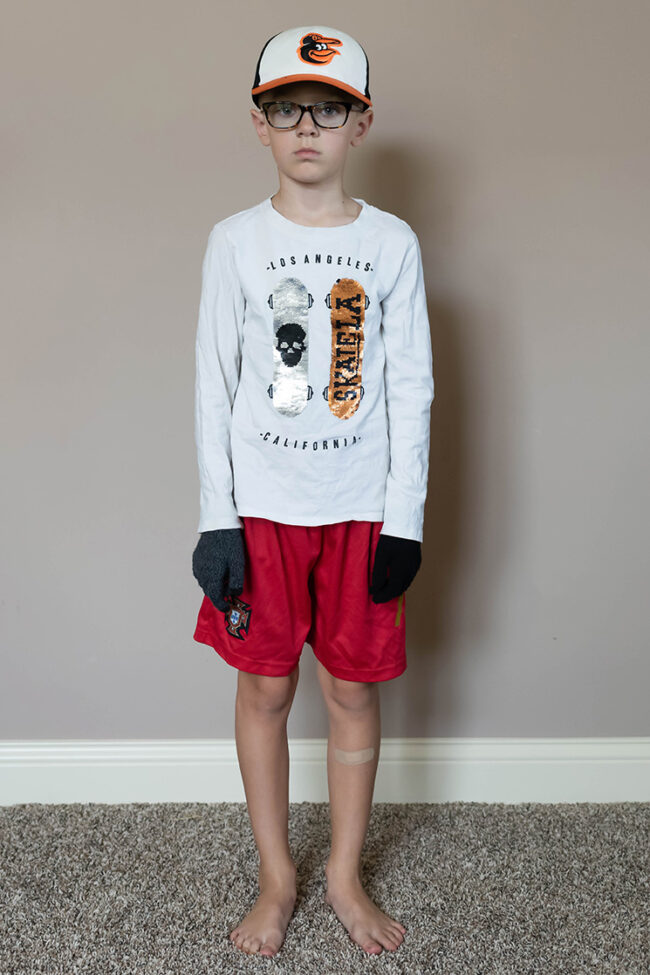
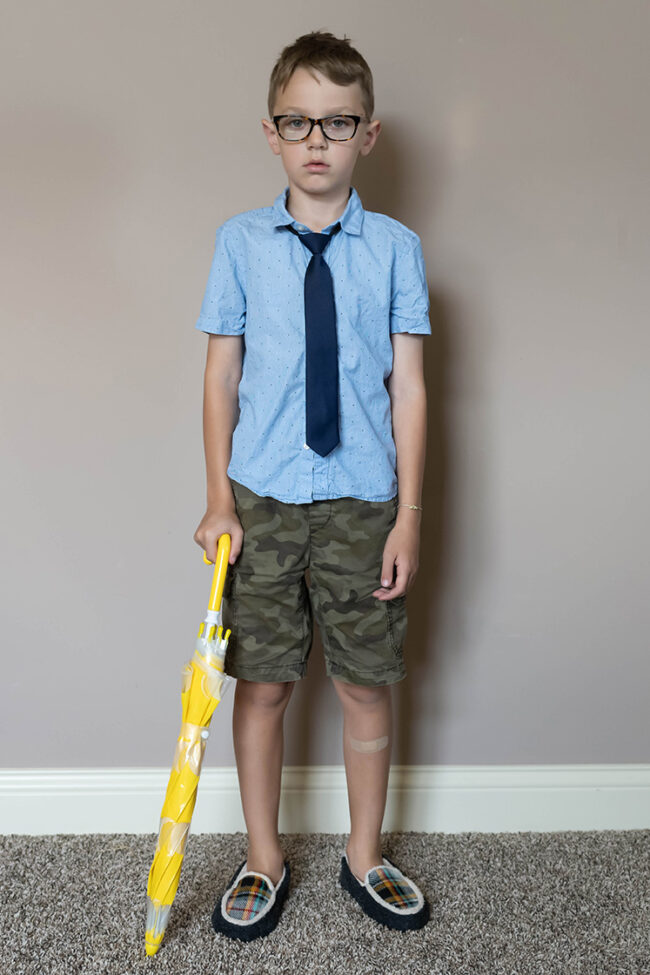
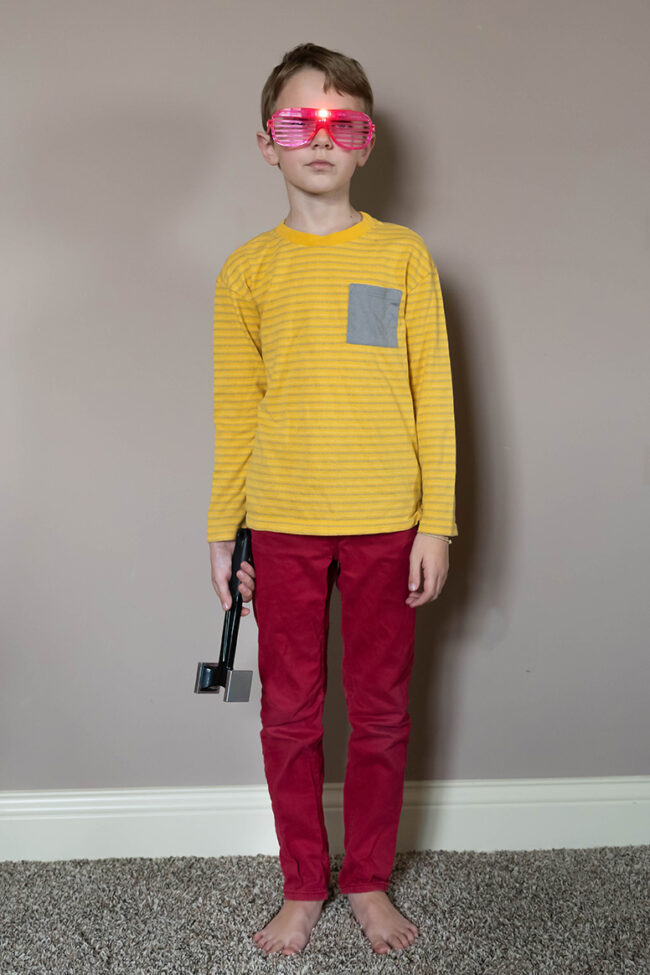

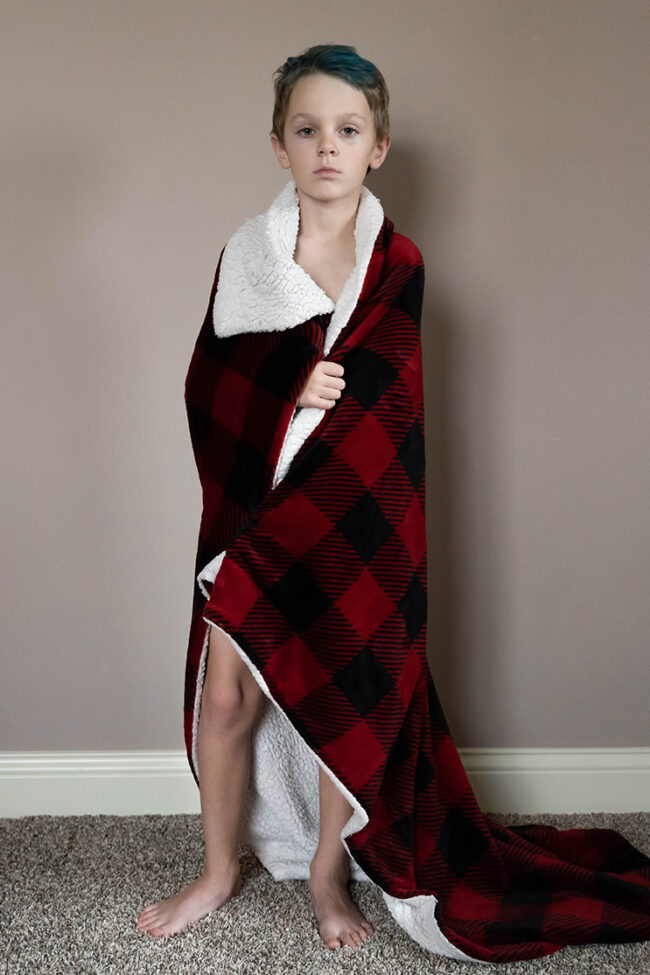
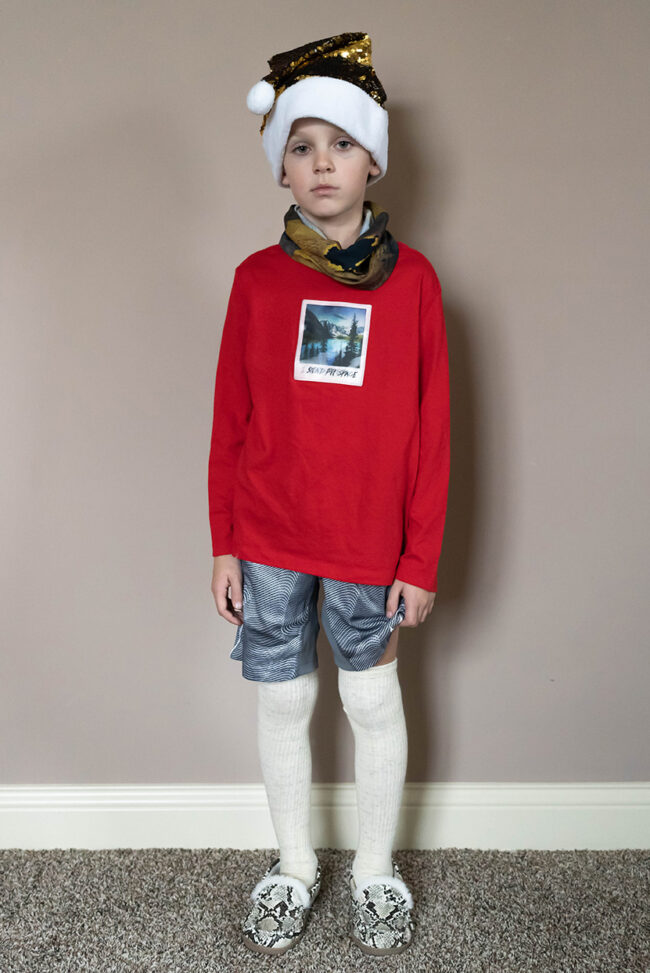
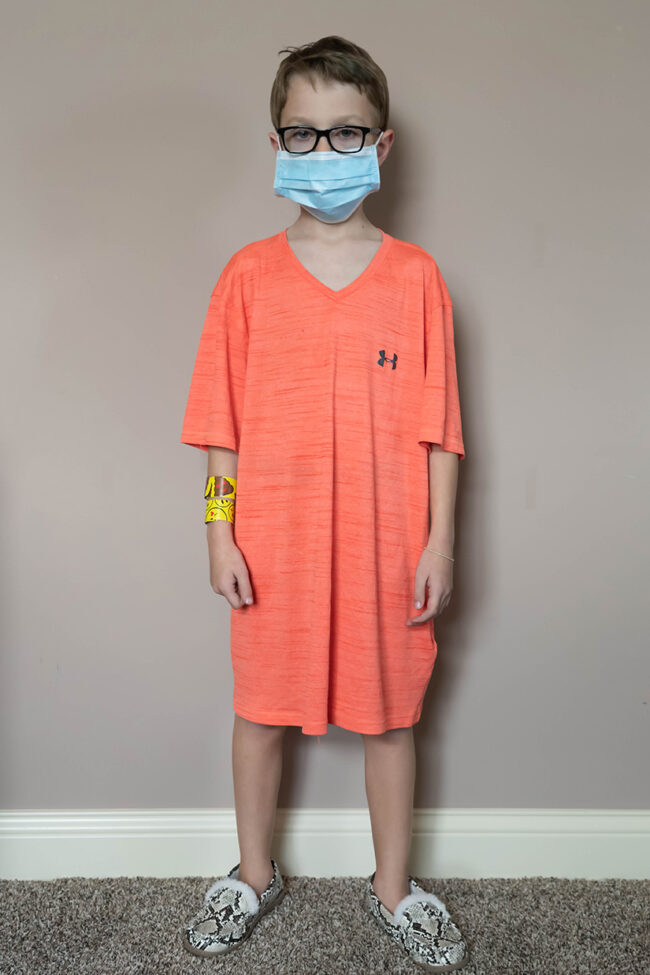
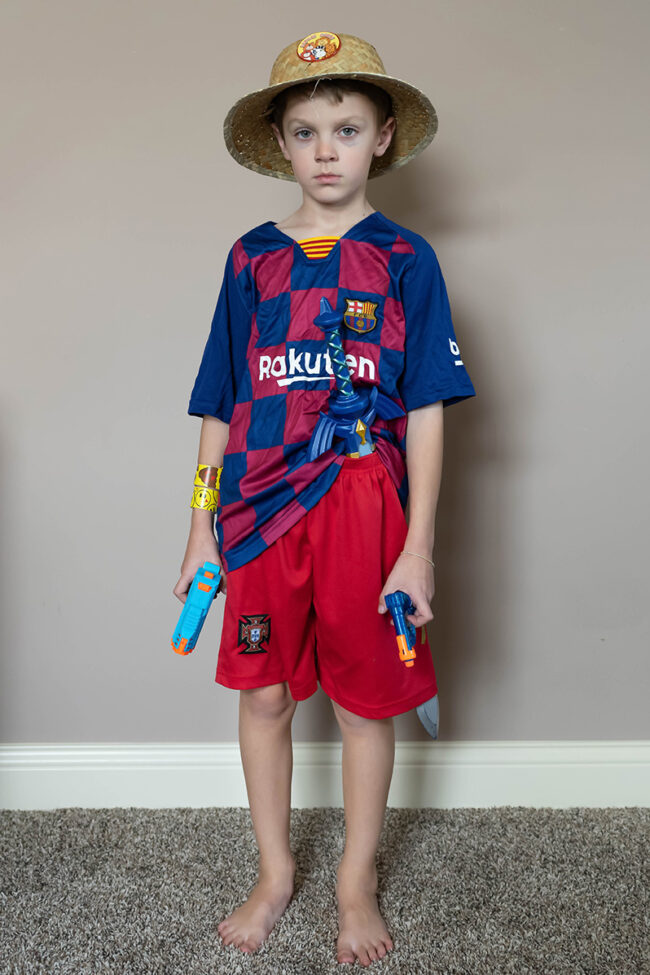


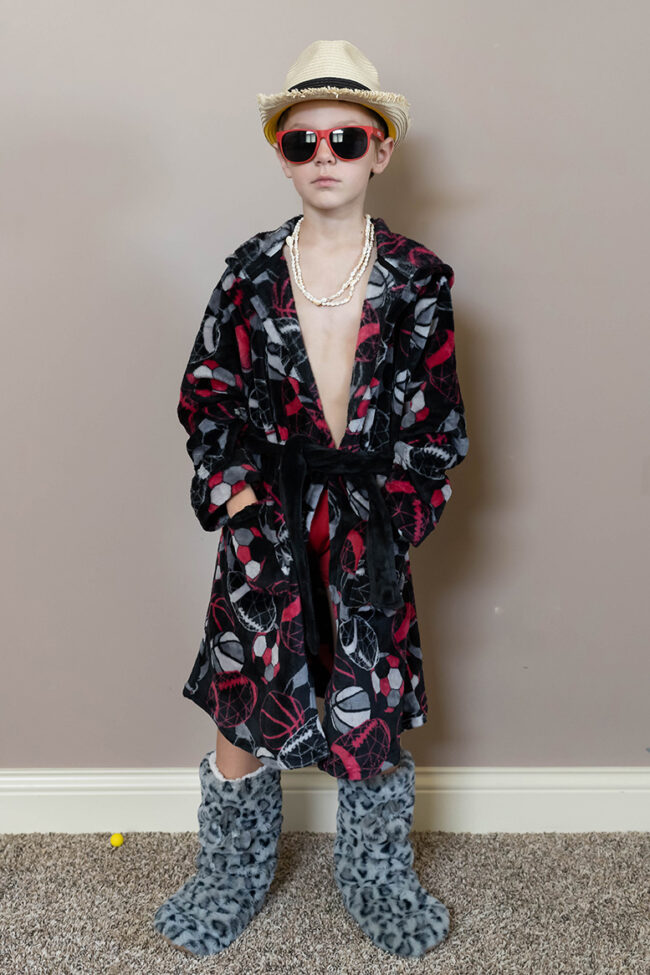

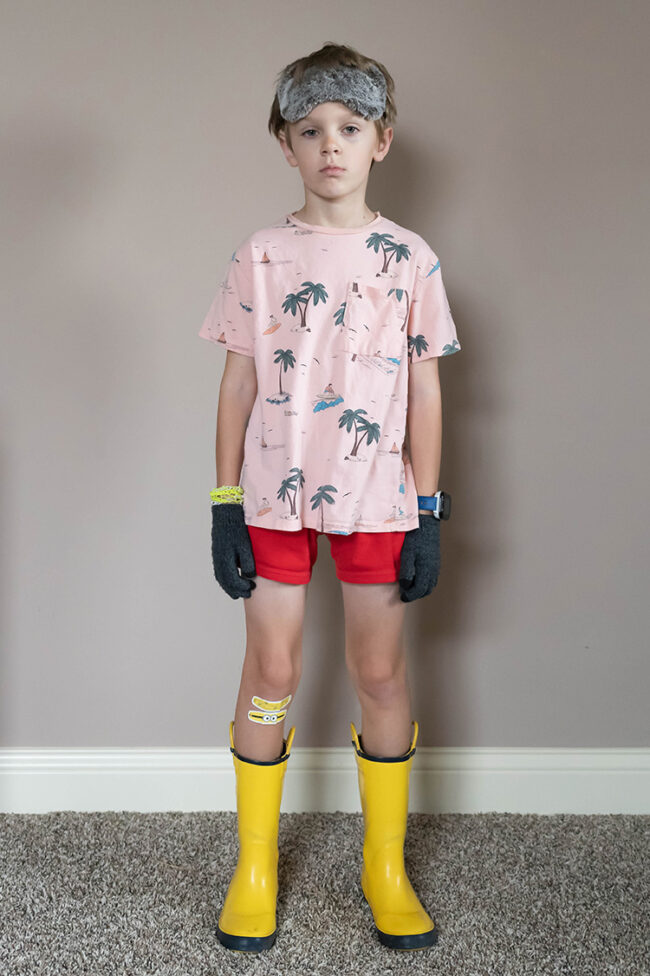

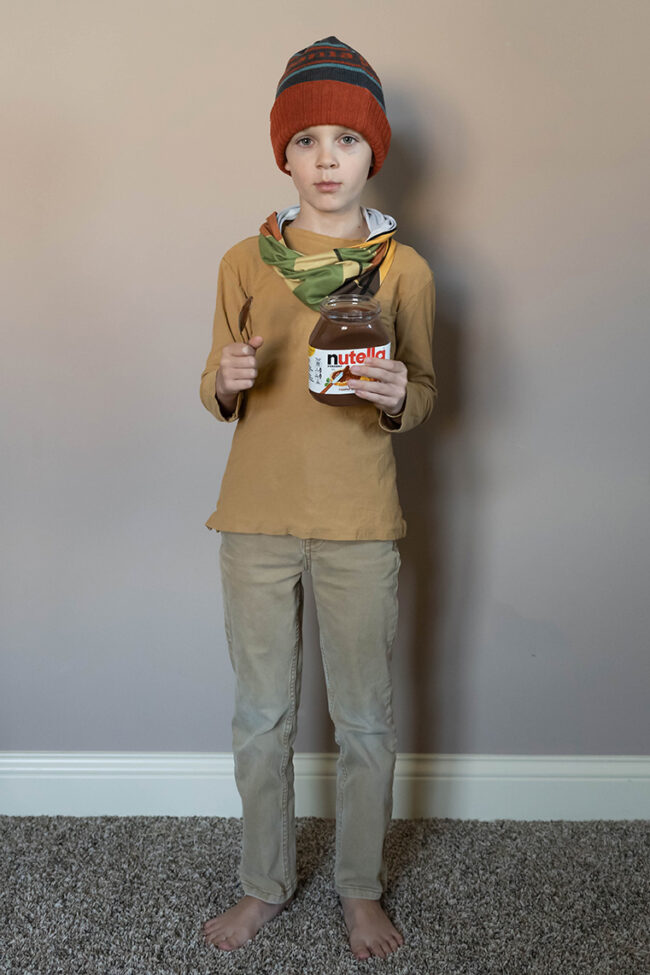
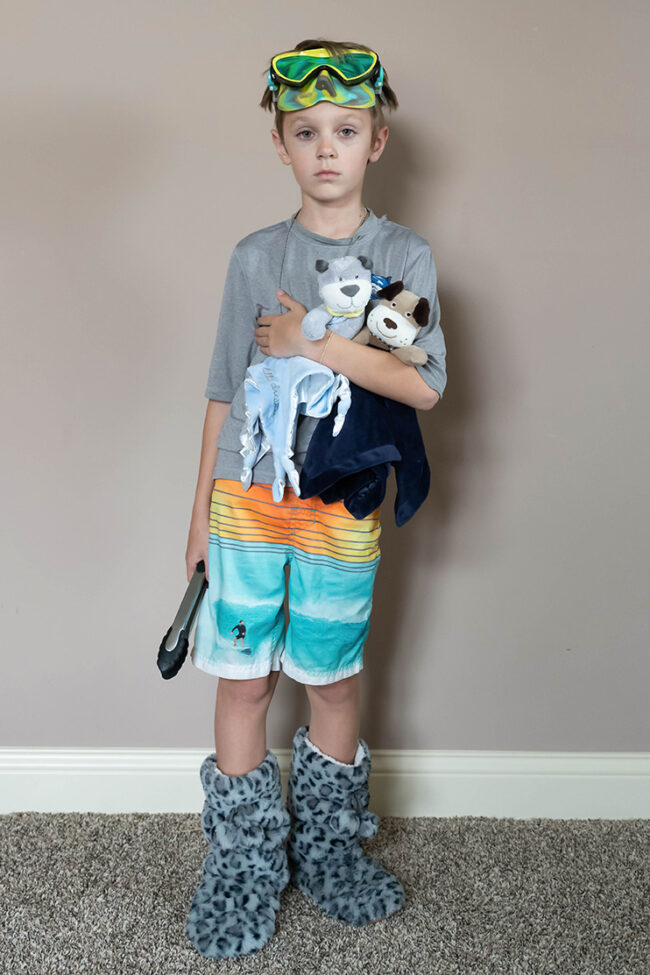
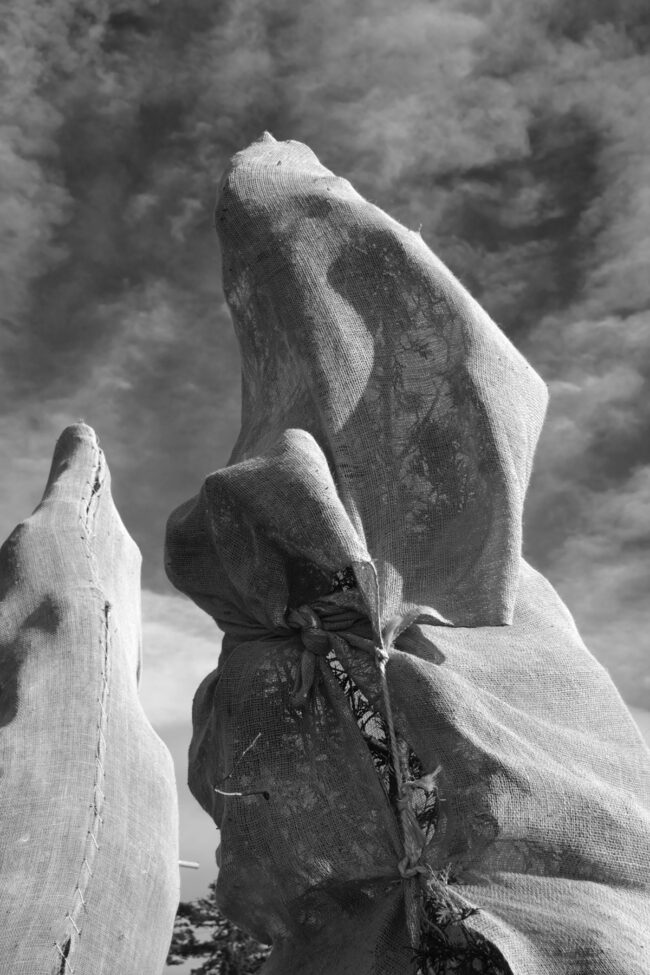
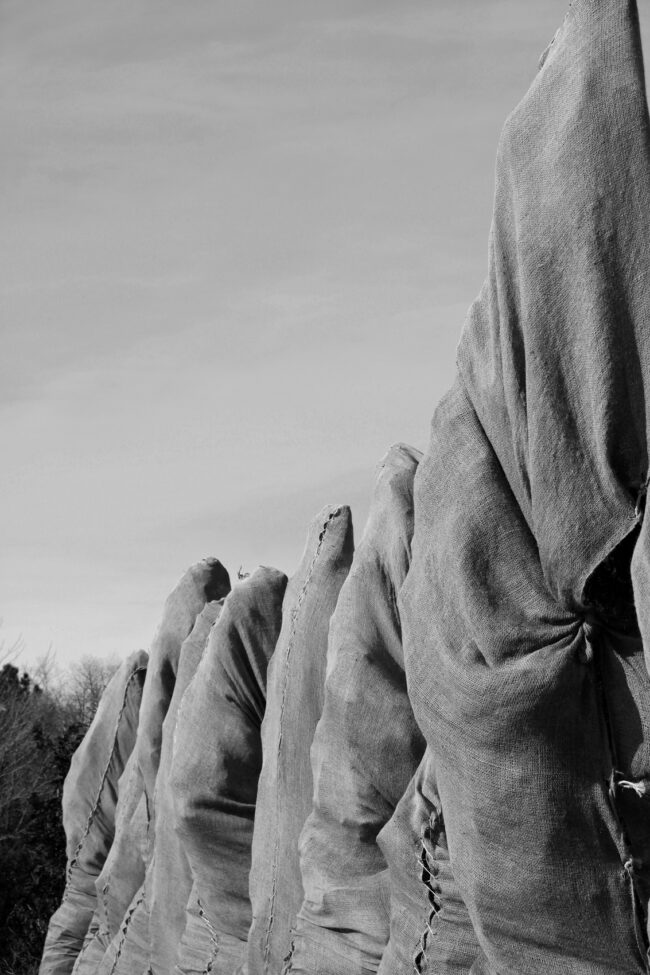
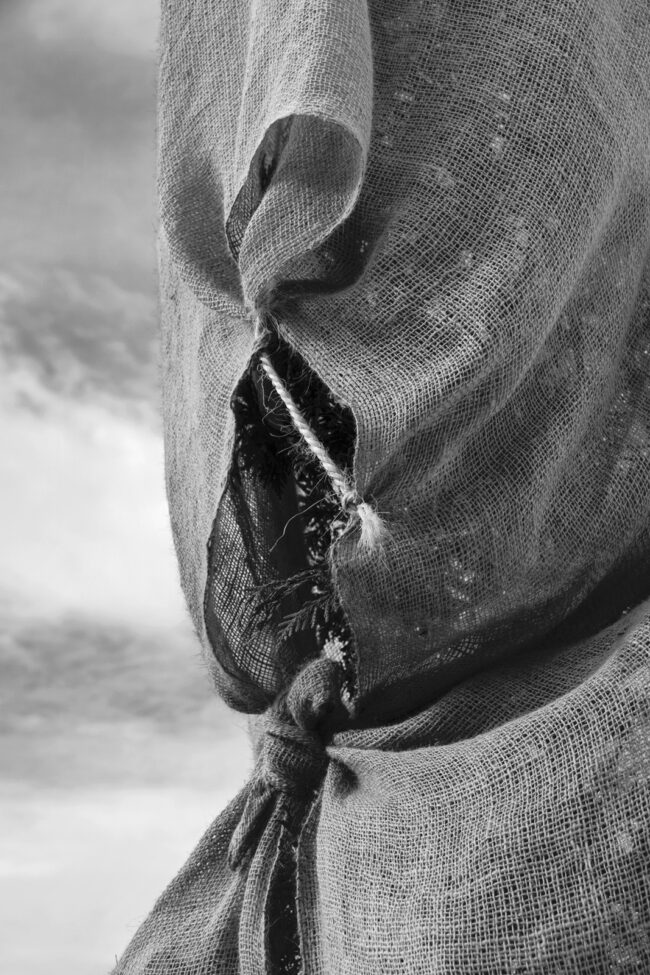
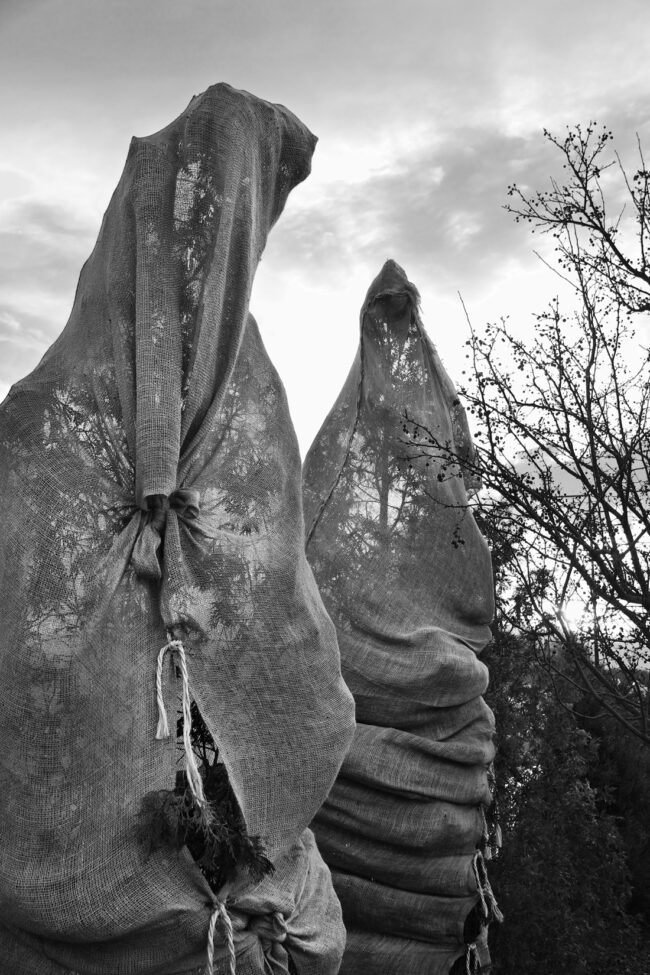
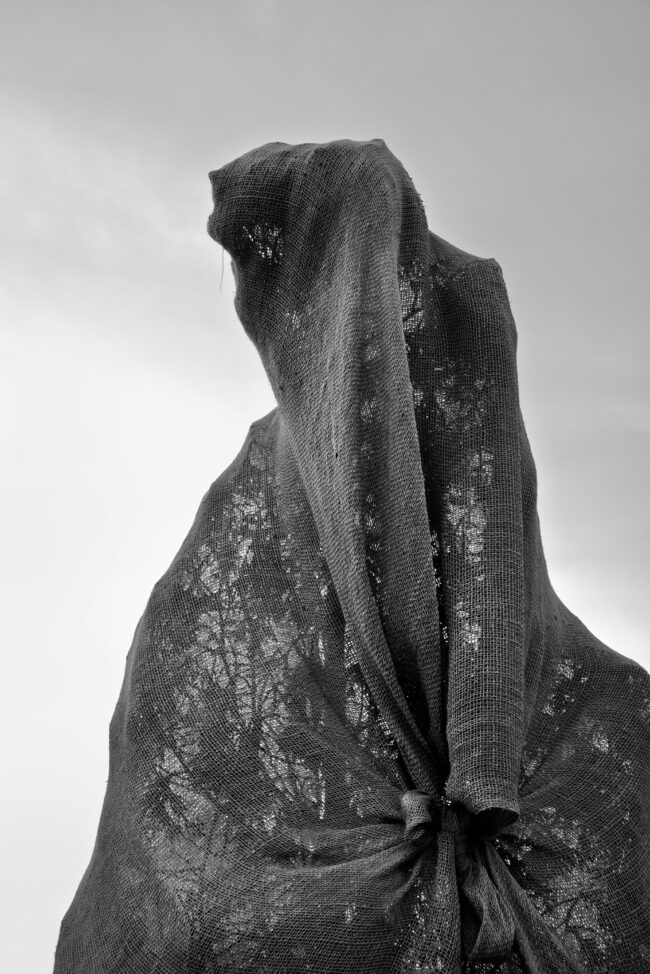

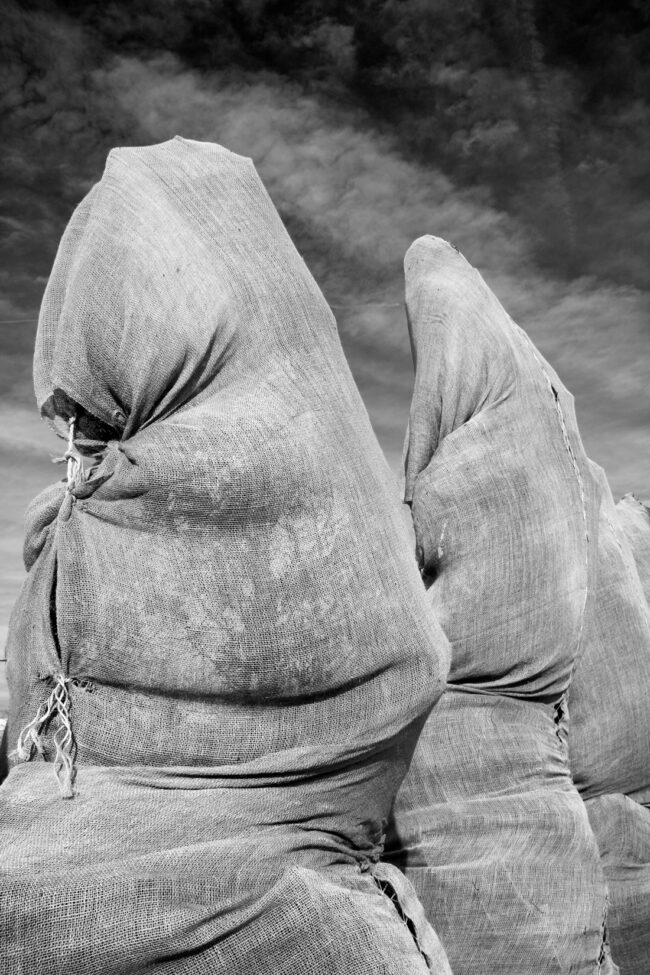


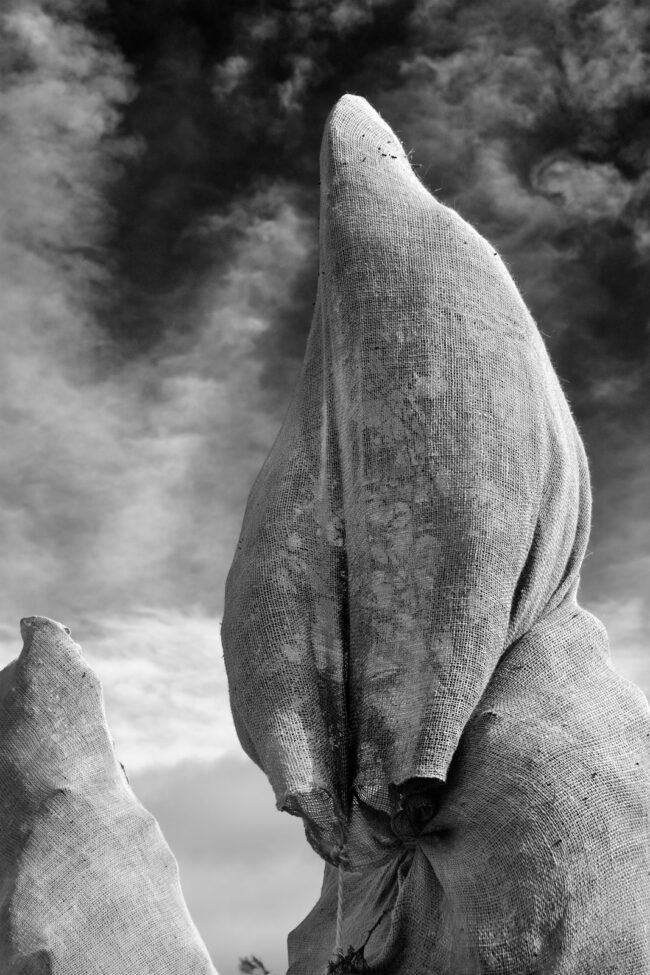


5 Comments
Love the commentary! Thank you Jonathan for your insight and continued encouragement!
Great to see you featured here!
Cool series!
I love the Jane Yudelman images, but then I also love Rothko!
I also really was drawn to the wrapped trees. The black & white made some of them look like stone. They reminded me of some of the stone pillars I saw in Ireland. Very evocative.
Thanks for chiming in, Jim. The wrapped trees have drawn a lot of compliments for sure, and I let Sandra know…
I don’t know what it is about creating sea/sky images but it’s Irresistible even though every photographer and their mother shoots them too. Literally, my mother has even though she is a painter. Thanks for sharing. Looking forward to new discoveries and yes even some sea/sky images from time to time. -A https://www.photosophic.com
Comments are closed for this article!